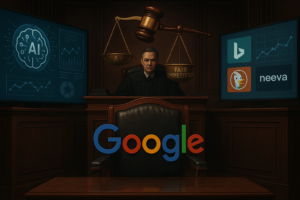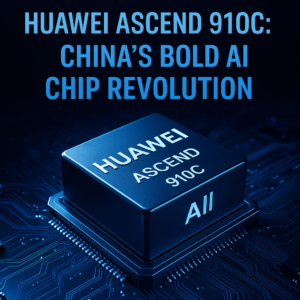The Future of AIoT: Navigating the Intersection of Artificial Intelligence and IoT in 2025
As we approach 2025, the fusion of Artificial Intelligence and the Internet of Things (AIoT) is set to reshape technological landscapes. This article explores key transition topics identified by Transforma Insights that will define the future of AIoT, highlighting the significant impacts on industry and innovation.
In recent years, the convergence of Artificial Intelligence (AI) and the Internet of Things (IoT) has emerged as a transformative trend, often referred to as AIoT. With the latest insights from Transforma Insights, we delve into the key transition topics that are anticipated to influence the AIoT landscape in 2025.
1. The Rise of AIoT
The integration of AI into IoT devices represents a significant leap forward in technology. As businesses strive to improve their product offerings, the embedding of AI functionalities into IoT devices is becoming an industry standard. This shift not only enhances device capabilities but also adds substantial value through innovative features and services. The acceleration of AI adoption within IoT devices is expected to redefine product roadmaps and application architectures, ultimately transforming market dynamics.
2. Management and Orchestration of Distributed AI
As AI capabilities are increasingly deployed onboard IoT devices, the management of these applications becomes critically important. Efficient orchestration of AI workloads—ranging from edge devices to cloud environments—will be imperative for maintaining optimal performance. This encompasses the management of:
- Compute resources
- Storage solutions
- Seamless updates of AI applications
The success of distributed AI will depend on creating robust architectures that facilitate these processes, ensuring devices not only function independently but also communicate effectively.
3. ESIM Orchestration and Connectivity Resellers
The upcoming SGP.32 standard for remote SIM provisioning is poised to revolutionize how connectivity is managed in IoT devices. This new framework will likely stimulate a shift towards enhanced orchestration capabilities, allowing for more flexible and scalable connectivity solutions. Manufacturers and service providers will need to adapt to this change, balancing between orchestrating their own connectivity versus relying on third-party resellers.
4. The Impact of 5G
The rollout of 5G technology is another critical factor shaping the future of AIoT. Enhanced speed and lower latency will enable more complex AI applications to operate in real-time, significantly improving the responsiveness of IoT systems. This advancement opens the door for innovative use cases across various sectors, including:
- Smart cities
- Healthcare
- Industrial automation
5. Regulatory Considerations
As the AIoT landscape evolves, so too will the regulatory framework governing these technologies. With increasing concerns over data privacy and security, IoT regulations are expected to become more stringent. Businesses will need to stay informed about these changes to ensure compliance and protect consumer trust.
Conclusion
The intersection of AI and IoT is set to redefine technological capabilities in 2025 and beyond. By focusing on the integration of AI into IoT devices, effective management of distributed AI applications, and adapting to new connectivity standards, organizations can position themselves at the forefront of this transformation. The future of AIoT promises to be not only innovative but also essential for businesses looking to thrive in an increasingly interconnected world.


